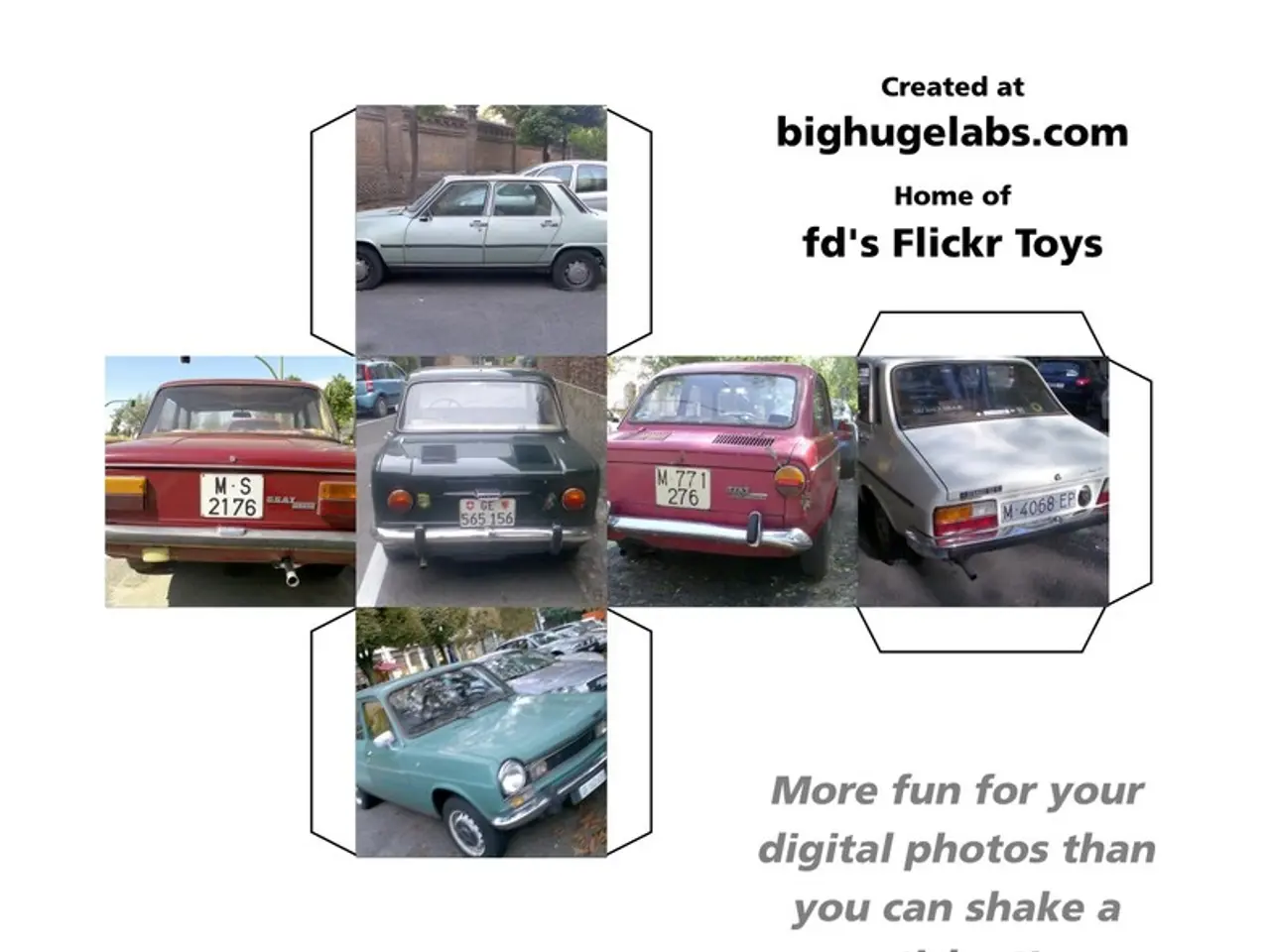Top Voices in the Automotive Sector | Leading Lightweighting Strategies Among Auto Manufacturers
In the quest for lighter, stronger, and more efficient vehicles, automotive Original Equipment Manufacturers (OEMs) are turning to a holistic, system-level approach to lightweighting. This strategy involves evaluating the entire vehicle structure and the interactions between components to identify direct and indirect opportunities for lightweighting[1].
Collaborative Development and Material Selection
By collaborating with suppliers and materials experts, OEMs can identify compatible lightweight materials such as aluminum alloys, advanced composites, and magnesium alloys that fit their production capabilities[1][2][3][5]. Balancing performance, cost, and manufacturability is crucial, and testing coating and finishing processes specifically optimized for lightweight materials ensures durability and corrosion resistance without compromising material benefits[3].
Advanced Manufacturing Techniques
Investing in advanced manufacturing technologies such as high-rate resin transfer molding (HP-RTM), automated fiber placement (AFP), and rapid tape laying can improve cycle times, energy efficiency, and part quality when using composites[5]. Additionally, extending tool life and reducing defects through process innovations like rheocasting in aluminum foundries can lower costs and improve quality in lightweight metal parts production[2].
Sustainability and Lifecycle Considerations
As regulatory and market demands for greener vehicles increase, OEMs are considering the full lifecycle, including recyclability and sustainability, when selecting materials and processes[5]. Low-bake solutions can help reduce energy consumption at manufacturing facilities, thereby decreasing carbon footprint and waste.
The Role of Digital Twinning
Accelerated development can be achieved through digital twinning, simulating the behavior of the vehicle in a virtual model. This technology enables rapid iteration and testing of optimal material placement and geometry, reducing costs at the prototype stage[1].
The Importance of Partnership
The right partner will contribute beyond material expertise, helping test, optimize, and refine a path to lightweighting perfection. They will understand how to make the most of existing processes while implementing innovative improvements. For example, introducing injection-molded parts in the Body in White can simplify manufacturing processes, reduce the need for complex welding guns, and save space in facilities[1].
An Innovative Mindset
An innovative mindset is essential for optimizing lightweighting approaches, requiring exploration of new approaches and collaboration with expert partners. Breaking out of the traditional "customer-supplier" mindset can lead to more affordable lightweighting solutions.
Extending Benefits Across Vehicle Types
Lightweighting benefits extend to all types of vehicles, improving battery range for electric vehicles, fuel economy for gas-powered vehicles, and both for hybrids[1]. By adopting a holistic, system-level approach to lightweighting, OEMs can achieve their lightweighting goals while maintaining or enhancing vehicle performance, manufacturing efficiency, and cost-effectiveness throughout the production workflow[1][3][5].
[1] Loh, C. (2021). Lightweighting in the Automotive Industry: Strategies for Optimizing Performance, Efficiency, and Cost-effectiveness. SAE International Journal of Lightweighting.
[2] Wille, M., & Hess, C. (2020). Rheocasting: A Cost-Effective Approach for Lightweight Aluminum Castings. SAE International Journal of Materials and Manufacturing.
[3] Tadić, V., & Kostić, N. (2018). Coating and Finishing of Lightweight Materials for Automotive Applications. SAE International Journal of Materials and Processes.
[4] -
[5] Hulme, P., & Jones, D. (2019). Sustainable Manufacturing in the Automotive Industry: Current Practices and Future Perspectives. Sustainability.
Electric vehicles can greatly benefit from lightweighting as it improves battery range, aligning with the industry's focus on sustainability [1]. OEMs, through collaboration with suppliers and materials experts, implement lightweight materials and advanced manufacturing technologies, ensuring durability, cost-effectiveness, and manufacturing efficiency [1][2][3][5]. Digital twinning, a key technology, enables optimization of material placement and geometry, and reduces costs during the prototype stage [1]. The right partner, who goes beyond material expertise, plays a crucial role in testing, optimizing, and refining lightweighting solutions, contributing to overall efficiency and cost-effectiveness across the production workflow [1].




